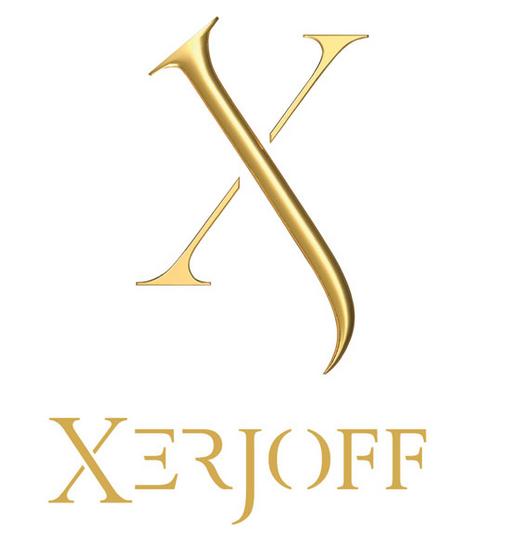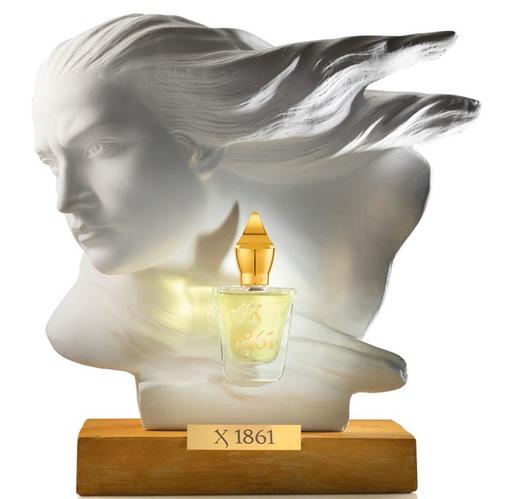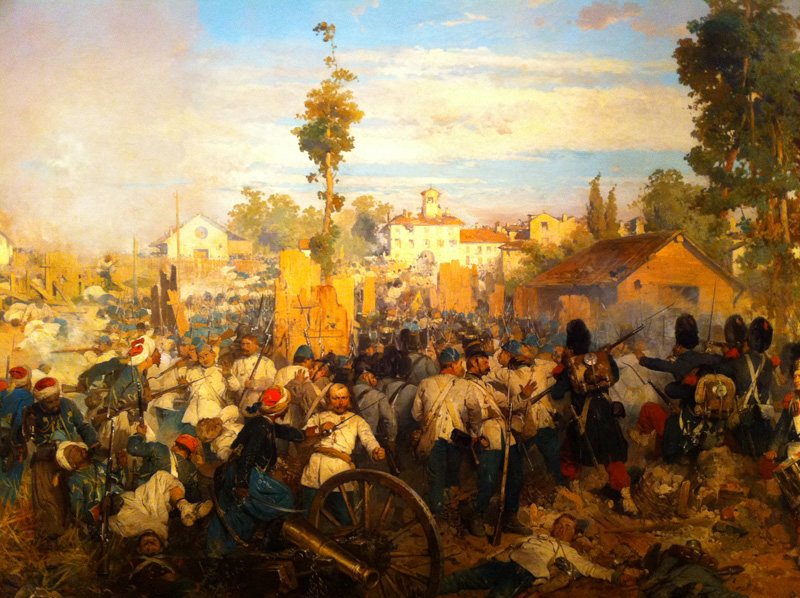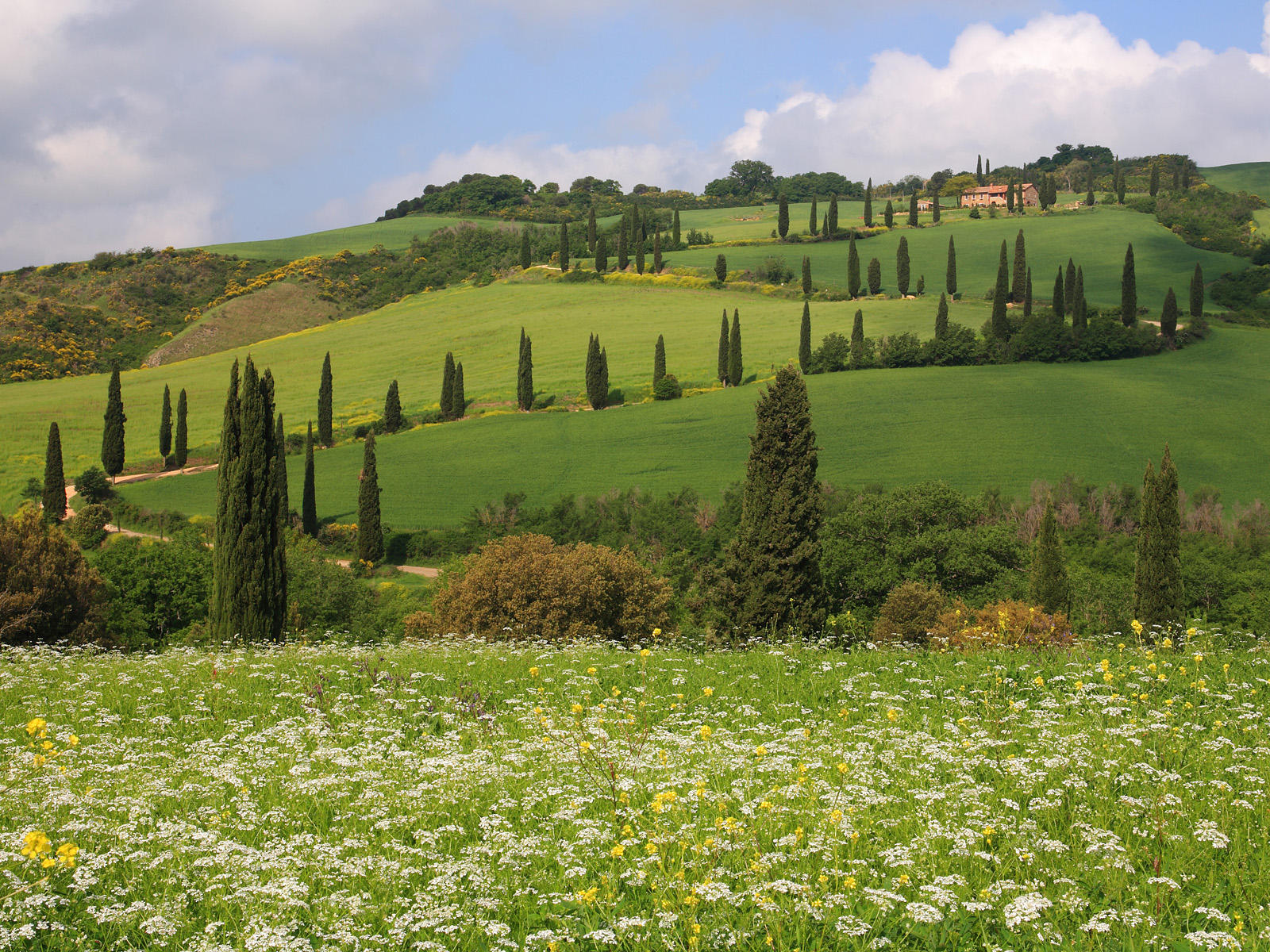April 23, 2012
PROFILES
Xerjoff 1861: The Spirit of Italy
by Mark David Boberick
Managing Editor
Disclaimer: The views and opinions expressed herein are solely those of the author and/or guest contributors and do not necessarily state or reflect those of
The Perfume Magazine LLC, Raphaella Brescia Barkley or Mark David Boberick.
All content included on this site, such as text, graphics, logos, icons, videos and images is the property of The Perfume Magazine, LLC. or its content suppliers and protected by United States and international copyright laws. The compilation of all content on this site is the exclusive property of The Perfume Magazine, LLC. and protected by U.S. and international copyright laws.
The Perfume Magazine Banner was designed exclusively by GIRVIN and is the property of The Perfume Magazine, LLC. and are protected by U.S.and international copyright laws. Additional Banner information can be found on our ABOUT page.
All images appearing in the banner are registered trademarks of their respected company and are used with permission.
© Copyright. 2011. All Rights Reserved. The Perfume Magazine LLC
The year was 1861. Civil War raged in America, threatening to tear a nation apart. At the same time across the Atlantic, Italy was consumed with its own battle – a battle for identity. Referred to as Il Risorgimento (The Resurgence), this political and social movement eventually led to the unification of several states into one mother state – Italy. The Italian peninsula has long fostered some of the greatest artists the world will ever know, and in many ways the history of Italian art is also the history of the whole of Western art, as well. In 1861, as the great agglomeration was moving forward at a rapid pace, the artistic sentiment of the Italian state turned towards nationalism. Artists such as Induno and Molteni took to their canvases to express the struggles of the day, with yearn for a new, national identity.
Last year, Italy celebrated her 150th anniversary and to commemorate this milestone birthday, the Italian niche fragrance house Xerjoff released a new fragrance, 1861.
1861 is an olfactory celebration of Italian Art that considers every major period from the Etruscans to the Renaissance, all the way to the Neoclassical style of 1861. But this is not a scent that is intent on being historical – 1861 is executed in a decidedly contemporary fashion, a manner that far surpasses the date on the bottle.
Is 1861 a creation plucked from the realms of Neoclassicism? Hardly - especially considering that the raw materials available in the year 1861 were a mere percentage of the vast palette that today’s perfumer creates with. In his workshop last month at Esxence in Milan, fragrance expert and author Michael Edwards(Fragrances of the World) gave an illuminating and fascinating overview of the history of the Eau de Cologne. Through years of intensive research that took him into some of the oldest perfumery archives in the world, Edwards uncovered the truths, myths, and legends that have evolved over the years surrounding the famous scented blend of essential oils and alcohol. And while Eau de Cologne’s origins place it in Germany (it is, after all, named for the German city of Cologne), the world’s most famous toiletry is decidedly Italian, for it was an Italian gentleman, Giovanni Maria Farina (German: Johann Maria Farina), who can be credited as its official creator.
In a letter to his brother in 1709, Farina wrote, “I discovered a scent that reminds me of a spring morning in Italy, of mountain narcissus and orange blossom just after the rain. It gives me great refreshment and strengthens my senses and imagination.”
Indeed, Xerjoff’s 1861 draws much of its inspiration from the classic Eau de Cologne, and as Farina was intent to notice, its freshness and vibrancy instantly returned him to the Italian hills of his youth. Upon first spray of 1861, the effervescent Calabrian Bergamot emerges, sparkling with the vibrancy of a gilded Renaissance icon. It is the essential oil of bergamot that proves to be the crux of the Eau de Cologne both today and in 1709. Today, we can obtain a bottle of true eau de cologne for a very menial price, but as Edwards explained, “In Farina’s day, a bottle of Eau de Cologne cost the equivalent of 1 reichstaler. To put that into perspective, the average middle class person would have expected to receive between 0.75 and 1.25 reichstaler a week. So we’re talking about a bottle of fragrance that cost a week’s salary for the average man. You can understand that this was a product of princes, kings, queens, and popes – it was not a product for the ordinary man, it was a luxury beyond compare.”
The Battle of Magenta
Domenico Induno, 1861, Oil on Canvas
Museo del Risorgimento, Milan
As the Creative Director and founder of Xerjoff fragrances, Sergio Momo has always maintained a concept of “luxury beyond compare” for his brand. With a keen attention to detail and a strict adherence to sourcing materials of the highest quality, Momo saw to it that a scent honoring his homeland would be formulated to become one of the finest scents of its kind. And because Momo followed through with his vision, 1861 succeeds on a multitude of levels.
1861 opens with the same freshness that likely strengthened Farina’s senses and awakened his imagination. A mélange of ripe citrus fruits including mandarin, lime and lemon mingle with bergamot and mint to create a fresh Citrus Grove accord that stimulates the soul. The true success of 1861 is undoubtedly the inclusion of green florals; orange blossoms, rose and lily of the valley smooth out the vibrancy of the citrus and bring the structure down to kiss the sun-warmed earthy base of cedar and patchouli. The florals are tenacious and long lasting, with a pervasive creaminess that creates a lemon chiffon effect when met with the citrus notes. Fragrances done in this manner have typically short half-lives, and yet, with a few drops of synthetic white musk in the base, 1861 gains an enviable lasting power for its genre. In my 2010 interview with Michael Edwards, he remarked that "synthetic notes are the building blocks - the maestros of 20th Century perfumery." And indeed, this is where modern fragrances are so dramatically different than the eau de colognes of Farina’s day. Today, we are blessed with having the technology to produce synthetic materials – imagine what Farina might have produced if he had Galaxolide at his disposal!
As you wear the fragrance, you notice that it wafts through the air in elegant, luscious hues of green and gold, befitting of a fragrance dedicated to Italy. 1861 is a pastoral landscape and a triumphant tribute to il Bel Paese (the Beautiful Country) and fits seamlessly into the Xerjoff range.
100 ml | $230
MARK DAVID BOBERICK | Managing Editor






